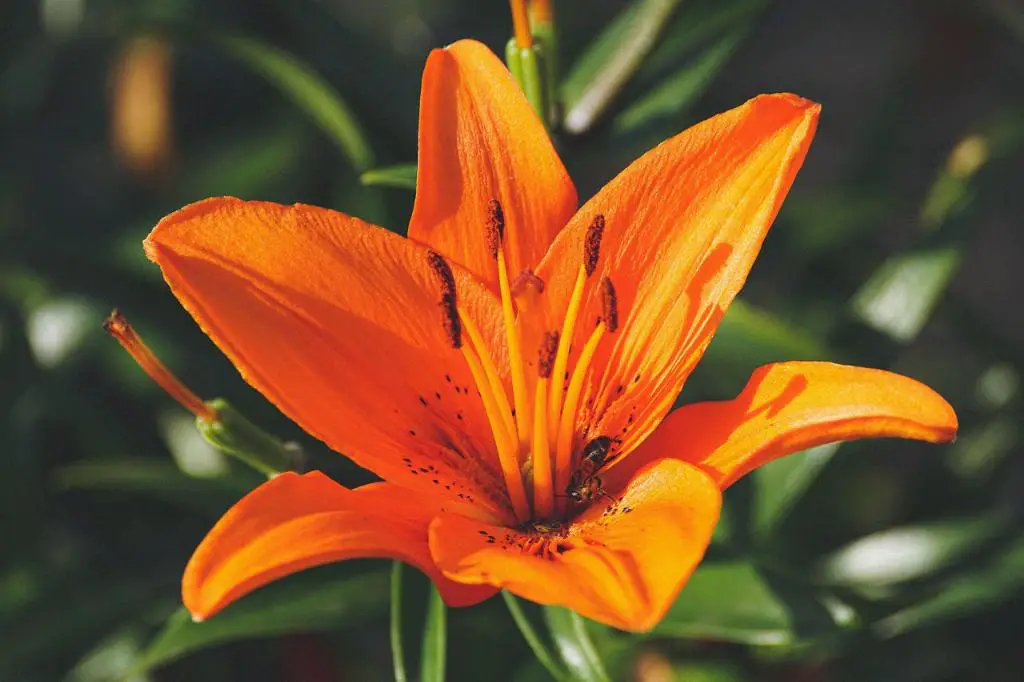When pondering over the question of how lily pads grow, it is essential to delve into the intricate details of the growth process exhibited by these captivating aquatic plants. Lily pads, known for their enchanting beauty and serene presence on the surface of ponds and lakes, possess a fascinating mechanism through which they flourish and thrive.
The Role of the Central Stem
At the core of the growth of a lily pad lies the central stem, a vital component that serves as the foundation for the development of the entire plant. This stem emerges from beneath the water and steadily extends upwards towards the surface, seeking the sunlight necessary for photosynthesis.
Roots and Nutrient Absorption
As the central stem reaches upwards, the roots of the lily pad dangle below the surface of the water, elongating to absorb essential nutrients vital for the plant’s sustenance and growth. These intricate root systems not only draw nutrients from the water but also play a crucial role in anchoring the plant securely in place.
Leaf Expansion and Function
Simultaneously, the lily pad’s leaves begin to unfurl from the central stem, gradually expanding to form the iconic circular or oval shape that characterizes these aquatic plants. These leaves serve a dual purpose, both capturing sunlight for photosynthesis and providing a platform for the plant to float gracefully on the water’s surface.
Photosynthesis and Growth
Through the process of photosynthesis facilitated by the chlorophyll in their leaves, lily pads harness the energy of the sun to convert water and carbon dioxide into glucose, their primary source of sustenance. This energy production fuels the growth and development of the plant, enabling it to thrive in its aquatic habitat.
Adaptations to Aquatic Environment
Lily pads have evolved a remarkable set of adaptations that enable them to flourish in the unique challenges posed by their aquatic environment. From their efficient nutrient absorption through roots to their specialized leaf structure optimized for photosynthesis, these plants have honed their biology to thrive on the water’s surface.
Seasonal Changes and Growth Patterns
Throughout the changing seasons, lily pads exhibit distinct growth patterns influenced by factors such as sunlight, temperature, and water quality. In warmer months, these plants experience accelerated growth, generating lush foliage that spreads across the water’s surface in a symphony of green hues.
Reproduction and Expansion
Beyond their individual growth, lily pads also reproduce and expand their presence in aquatic ecosystems through the formation of rhizomes and seeds. These reproductive strategies enable these plants to colonize new areas and establish thriving populations across bodies of water.
Ecological Importance of Lily Pads
The presence of lily pads holds significant ecological importance, providing habitat and shelter for various aquatic creatures, from frogs and insects to fish and birds. Additionally, these plants play a crucial role in maintaining water quality and balancing the ecosystem through their nutrient uptake and oxygen release.
Cultural Significance and Symbolism
Beyond their ecological roles, lily pads also hold symbolic significance in various cultures and civilizations. Often associated with themes of purity, enlightenment, and rebirth, these plants have inspired art, literature, and spiritual beliefs, reflecting their enduring allure and mystique.
Appreciating the Beauty of Lily Pads
In conclusion, the growth of lily pads unfolds as a captivating journey of adaptation, resilience, and beauty that enhances the splendor of aquatic landscapes. By understanding the intricate mechanisms through which these plants grow and thrive, we can deepen our appreciation for the natural wonders that grace our waterways.

